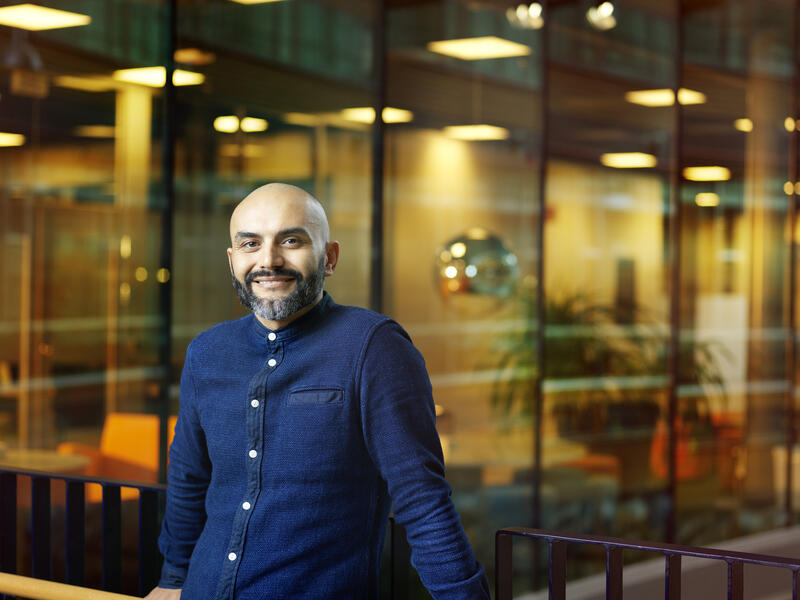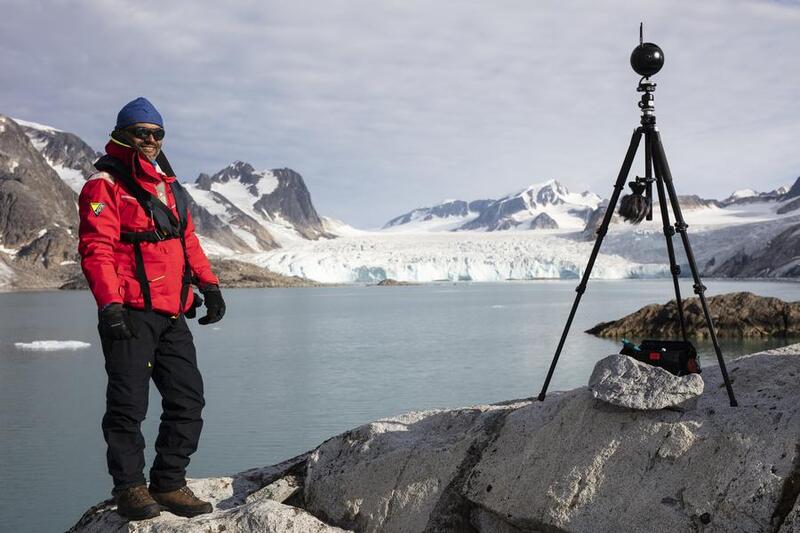Expedition portrays climate change in the Arctic in VR
Researcher Tyrone Martinsson, filmmaker Gorki Glaser-Müller and glaciologist Erik Mannerfelt have just returned from an expedition on Svalbard where they filmed in VR to explore how visual tools can be used to enhance the portrayal of climate change in the project Expanded Rephotography.
The expedition has 3D-scanned and filmed in 360° an area on Svalbard to create a visual experience that demonstrates climate change through VR, 3D models and storytelling. A central part of the project is to explore how to work with these tools to provide new perspectives and new experiences of part research that deals with climate change and part innovative visual storytelling. In short, how immersive storytelling can increase commitment to the climate crisis is explored. Here, cross-disciplinary research and innovative visual storytelling meet.
Tell us, what is the goal of the project?
"Our purpose is to convey climate change in ways other than what is normally used in science. We use an approach that is most often used in visual productions for art and public experiences but which we want to explore the possibility of being integrated with scientific facts and the researcher's work in the field for the story of the connection between human exploitation of the planet and climate change – Tyrone Martinsson, Professor, HDK-Valand, University of Gothenburg.
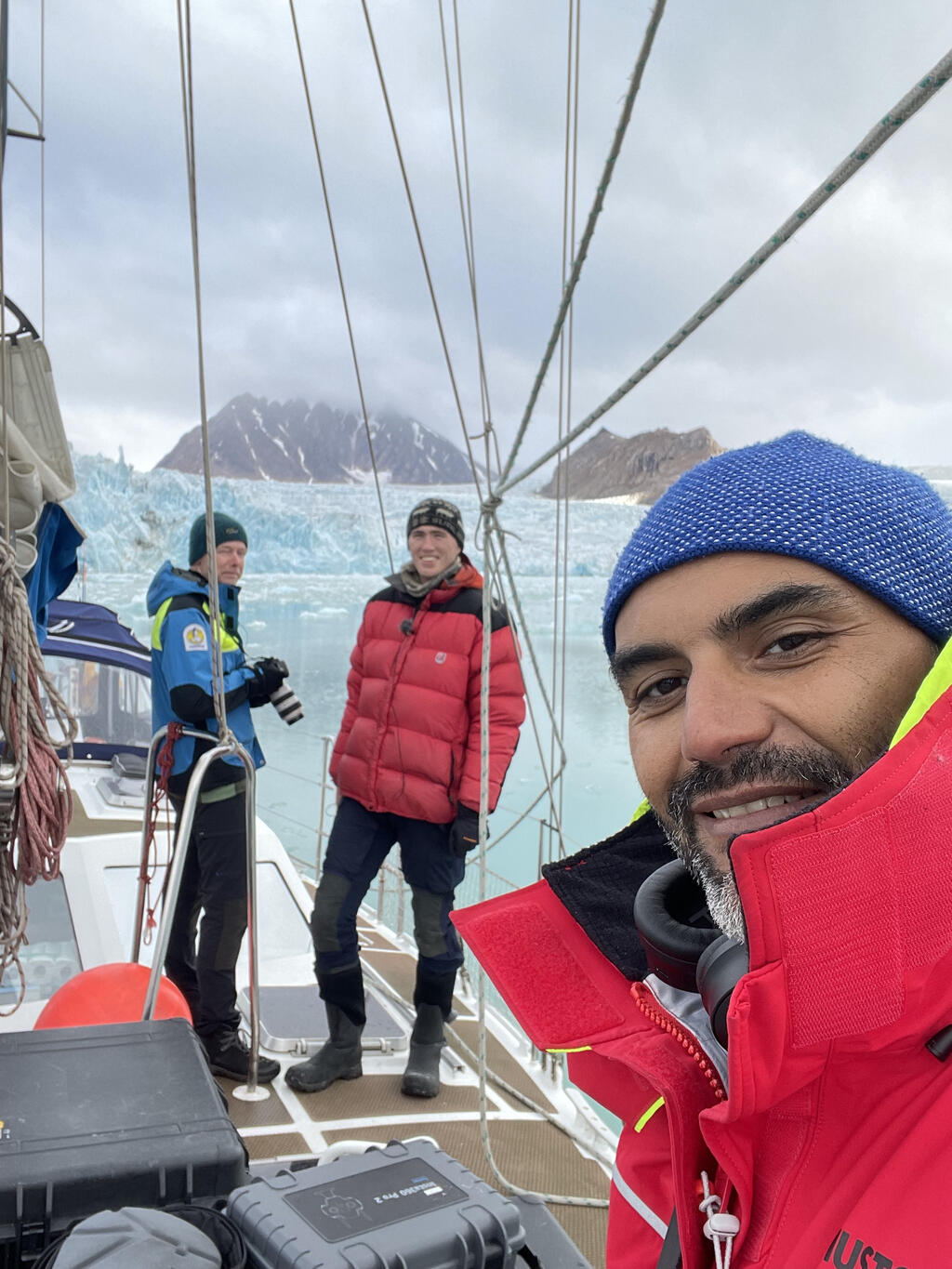
From the left, Gorki Glaser-Müller, Erik Mannerfelt and Tyrone Martinsson.
Gorki, as a film director and VR expert from Visual Arena, can you tell us about the Svalbard expedition?
"It was fantastic but very demanding. Long bright working days in a fantastic wild landscape. But watching these glaciers melt before our eyes were both spectacular and sad. The glaciers are not recovering. All animal life is suffering from the climate disaster and it shows. Historically, there have been a lot of fish and whales. Now 90% of it is gone. That glaciers are melting in combination with industrial fishing is disturbing. In 2048 there will be no fish left. The time there calls for reflection.
With the visual tool, which will be immersive, we hope to speak to the recipient's senses and with it arouse an interest and even love for the place and the glaciers, so that viewers get involved in its preservation." – Gorki Glaser-Müller VR-expert, Visual Arena.
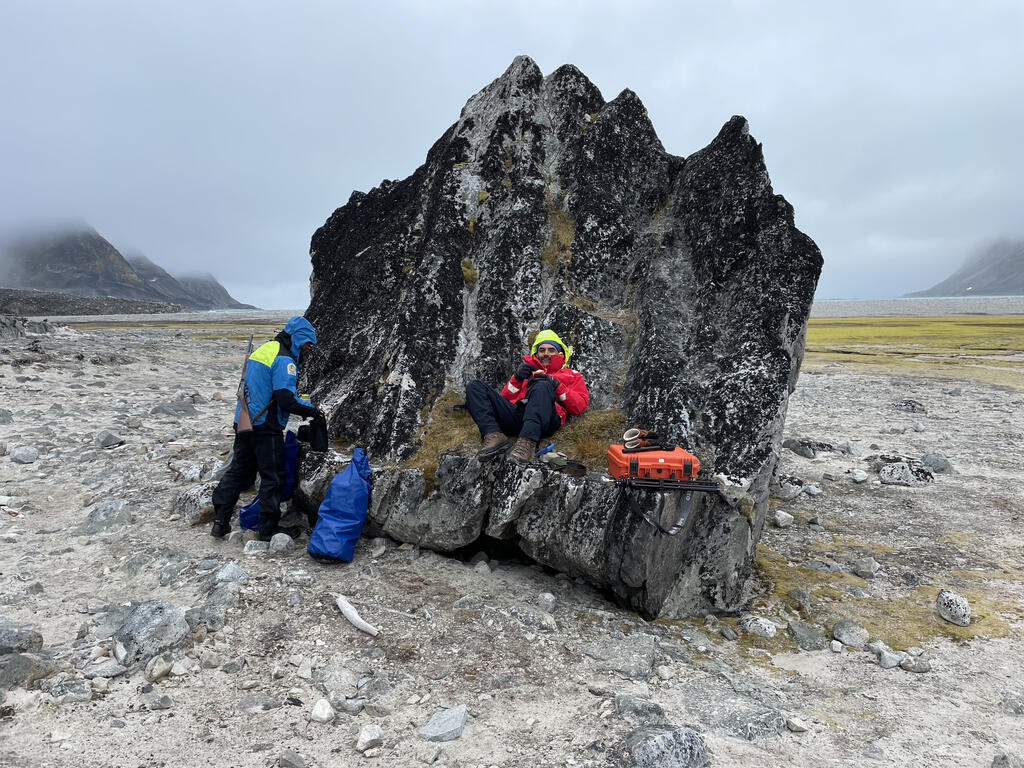
Lunch with a wind shield a day in July on Svalbard.
What can we expect from the story you create in the visual tool?
"We will work with a story that extends from Svalbard's discovery in 1596 from the sketches that exist from that time. Those who first discovered Svalbard went ashore where we have worked. From 1596 to today, we have material that forms a timeline on many levels in the history of a part of the Arctic, Western man's relationship with the Arctic and nature, geopolitics and a start to try to work the way towards how we should relate to the Arctic of the future." – Tyrone Martinsson, Professor, HDK-Valand, University of Gothenburg.
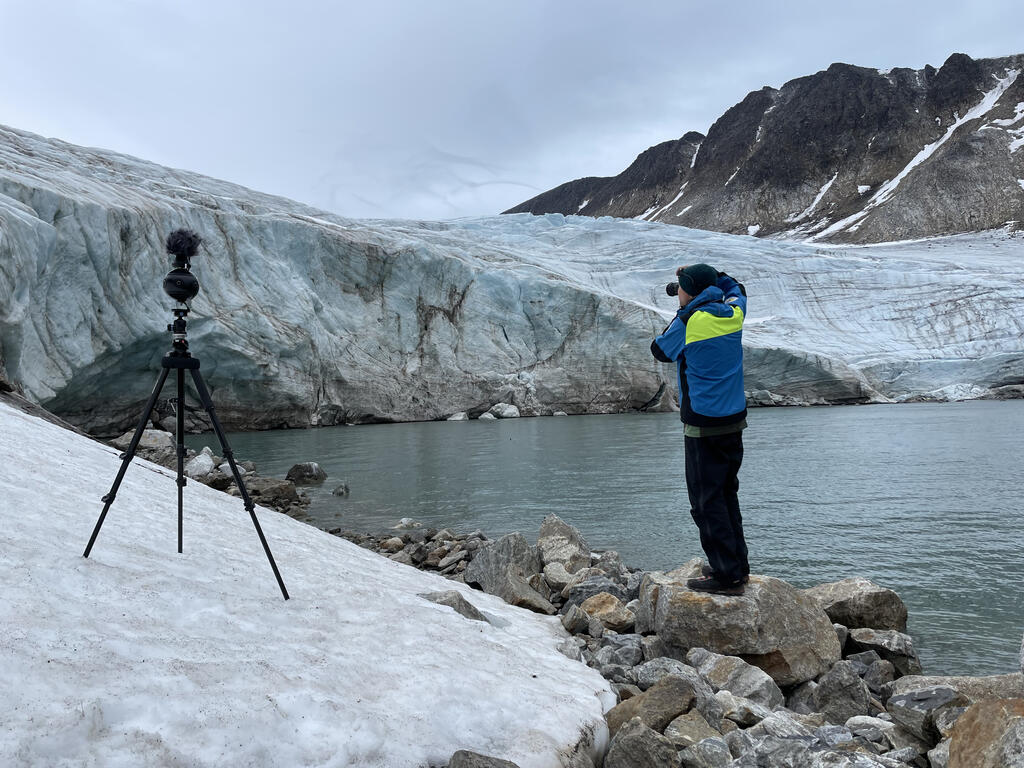
Tyrone Martinsson with his camera in hand.
XR speaks to the emotions
By merging historical views of the arctic landscape with contemporary sequences, we allow users to ’visit’ specific sites, navigate through immersive passages of time, and make their own ’observations’ of the effects of a climate in transition. The stereo function of this technology creating a 3D view offers a new way of relating to repeating photographs or other visual sources. Adding drone visions enable viewers to shift from a ground-based perspective to get an aerial perspective when viewing glaciers. Virtual reality will expand this capacity of experiencing climate change adding an option of interactivity. Engagement with the virtual landscape enhances the way that anyone can ’visit’ the Arctic, and importantly, get a sense of scale and distances approaching glaciers and mountains. Sound enhances the experience even further; the sound of silence in the Arctic is a challenge to communicate, and the amplified experience of sudden sounds from wildlife and calving glaciers or tumbling rocks is a possible addition to the experience as well as the different faces of wind and sea.
The digital replica of this landscape might increase awareness of the unique features of this land and create a better understanding of the process of change as well as evoke emotional responses needed for actions on protecting the Arctic.
By merging these techniques into a visual tool and story, the project hopes to create a powerful experience that speaks to the emotions and ultimately leads to climate action. Perhaps the project can also inspire climate researchers worldwide to use storytelling and visual media to communicate research results in a different way than via academic articles.
The project Expanded Rephotography is led by Gothenburg University and financed by Vetenskapsrådet. Visual Arena is a part of the project as VR-experts where Gorki Glaser-Müller plays a central part as an expert in VR and film director.
The result in the form of the story in the visualization tool that is under development will be shown to the audience at Visual Arena, Norksa Polarinstitutet in Trömsø, Trömsø University and probably Universeum’s new visualisation dome.
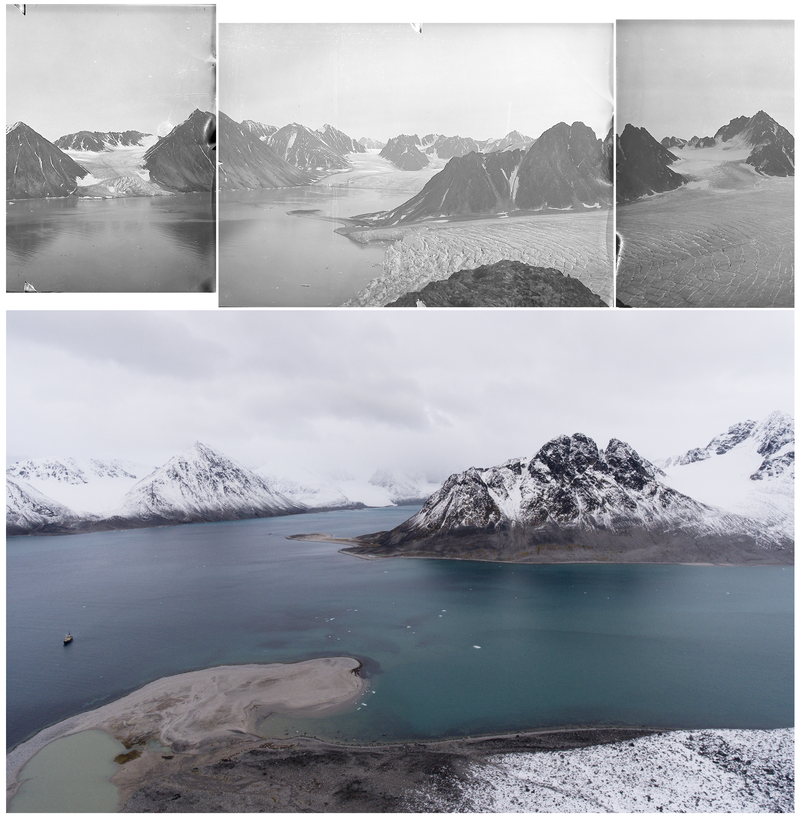
Expanded rephotography
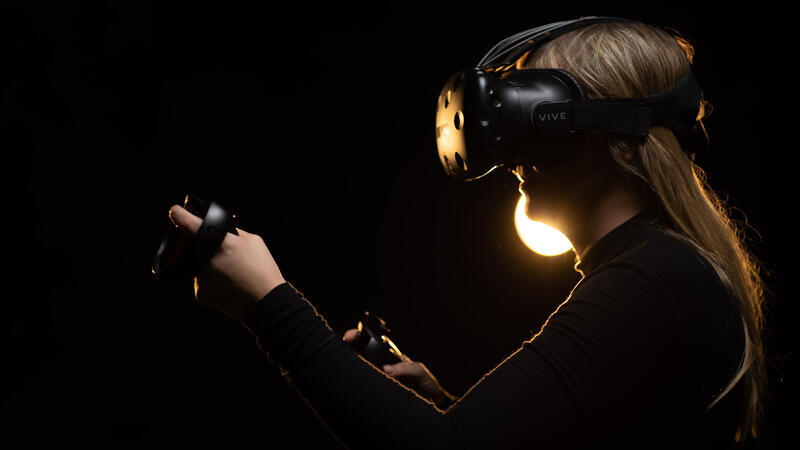
Narrative XR Lab
